News
Controversy over Cleddau cash
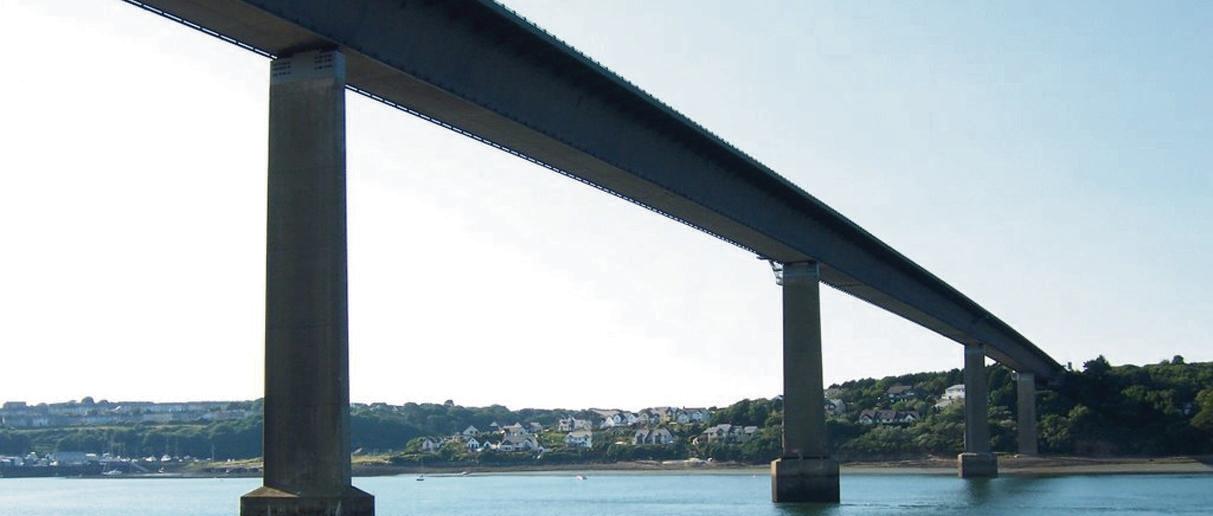
 A DISPUTE about tolls on the Cleddau Bridge has delayed the council’s accounts being signed off by its external auditors.
A DISPUTE about tolls on the Cleddau Bridge has delayed the council’s accounts being signed off by its external auditors.
Councillors have been kept in the dark about the argument and the fact the council has had to seek external legal advice on the issue.
It is alleged that the council has been funnelling between £1.5m and £2m per annum into the council’s revenue services account and not accurately accounting for either the income it receives or the deficit it claims the vital transport link has accumulated over time.
The Pembrokeshire Herald can confirm that the council has been in dispute with the Wales Audit Office (WAO) about the way it accounts for revenue from tolls on the Cleddau Bridge.
The spat turns on the interpretation of part of an Act of Parliament from 1987, The Dyfed Act, which sets out how the Council is supposed to deal with the revenue from bridge tolls it collects. The dispute is also about how the council’s own figures show a large accumulated deficit for operating the bridge, which is more a work of accounting fiction than a true reflection of its financial position.
The Herald has spoken to a person close to the dispute who has told us that one way the council has used the revenue from tolls is to subsidise its Council Tax figures, using the money gathered in tolls to drive down Council Tax bills so that Pembrokeshire has apparently lower Council Tax than other councils.
The Herald further understands that the accumulated deficit shown in the council’s accounts is an issue which is under discussion between the council and the WAO. The picture is obscured by the fact that while the bridge was commissioned in the 1960’s under one local government settlement, there have been two subsequent re-alignments of the local government landscape. Those reorganisations have contributed to the confusion about how to draw up the profit and loss schedule for the bridge, how much it has received in tolls, whether a profit has accrued and, in the event it has, what the council and its predecessors have done with the money.
Our source told us that it’s fair to say the situation is a mess and one partly created by the 1987 Act’s unclear drafting.
With local government re-organisation a hot topic at the moment, the effect of any merger will be that the council will need to both strike a more realistic position in respect of the Bridge’s financial status.
At the same time, in the event of merger with neighbouring authorities the effect of the backdoor subsidy given to Pembrokeshire’s Council Tax will unwind as a sudden and significant rise in Council Tax for the county.
Significantly, members of the council appear to have been kept in the dark about the situation and the potential impact it will have on the council’s financial position going forward.
The Herald understands that the council has sought external legal advice on how to sort out the dispute, which both it and the WAO are keen to resolve.
The Herald asked for a comment from the council about the position of its accounts. A spokesperson told us: “We anticipate the matter will be resolved at the next meeting of the Corporate Governance Committee which will be held before the end of the financial year.”
The WAO said: “We had a formal objection in regard to the accounting for the Cleddau Bridge. This delayed the accounts opinion. That has recently been resolved with the Council and we are awaiting an updated set of accounts, so we can check and certify them in March.”
Crime
Man accused of Milford Haven burglary and GBH remanded to Crown Court

A MILFORD HAVEN man has appeared in court charged with burglary and inflicting grievous bodily harm, following an incident at a flat in the town earlier this week.
Charged after alleged attack inside Victoria Road flat
Stephen Collier, aged thirty-eight, of Vaynor Road, Milford Haven, appeared before Llanelli Magistrates’ Court today (Friday, Dec 5). Collier is accused of entering a property known as Nos Da Flat, 2 Victoria Road, on December 3 and, while inside, inflicting grievous bodily harm on a man named John Hilton.
The court was told the alleged burglary and assault was carried out jointly with another man, Denis Chmelevski.
The charge is brought under section 9(1)(b) of the Theft Act 1968, which covers burglary where violence is inflicted on a person inside the property.
No plea entered
Collier, represented by defence solicitor Chris White, did not enter a plea during the hearing. Prosecutor Simone Walsh applied for the defendant to be remanded in custody, citing the serious nature of the offence, the risk of further offending, and concerns that he could interfere with witnesses.
Magistrates Mr I Howells, Mr V Brickley and Mrs H Meade agreed, refusing bail and ordering that Collier be kept in custody before trial.
Case sent to Swansea Crown Court
The case was sent to Swansea Crown Court under Section 51 of the Crime and Disorder Act 1998. Collier will next appear on January 5, 2026 at 9:00am for a Plea and Trial Preparation Hearing.
A custody time limit has been set for June 5, 2026.
Chmelevski is expected to face proceedings separately.
News
Woman dies after collision in Tumble as police renew appeal for witnesses
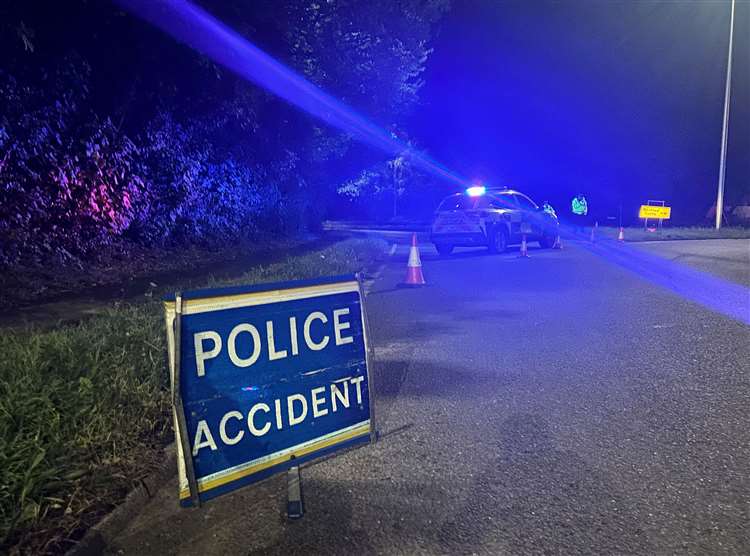
POLICE are appealing for information after a woman died following a collision in Tumble on Tuesday (Dec 2).
Officers were called to Heol y Neuadd at around 5:35pm after a collision involving a maroon Skoda and a pedestrian. The female pedestrian was taken to hospital but sadly died from her injuries.
Dyfed-Powys Police has launched a renewed appeal for witnesses, including anyone who may have dash-cam, CCTV footage, or any information that could help the investigation.
Investigators are urging anyone who was in the area at the time or who may have captured the vehicle or the pedestrian on camera shortly before the collision to get in touch. (Phone: 101 Quote reference: DP-20251202-259.)
News
Greyhound Bill faces fresh scrutiny as second committee raises “serious concerns”

THE PROHIBITION of Greyhound Racing (Wales) Bill has been heavily criticised for a second time in 24 hours after the Senedd’s Legislation, Justice and Constitution (LJC) Committee published a highly critical Stage 1 report yesterday.
The cross-party committee said the Welsh Government’s handling of the legislation had “in several respects, fallen short of the standard of good legislative practice that we would normally expect”.
Key concerns highlighted by the LJC Committee include:
- Introducing the Bill before all relevant impact assessments (including a full Regulatory Impact Assessment and Children’s Rights Impact Assessment) had been completed – a step it described as “poor legislative practice, particularly … where the Bill may impact on human rights”.
- Failure to publish a statement confirming the Bill’s compatibility with the European Convention on Human Rights (ECHR). The committee has recommended that Rural Affairs Minister Huw Irranca-Davies issue such a statement before the Stage 1 vote on 16 December.
- Inadequate public consultation, with the 2023 animal-licensing consultation deemed “not an appropriate substitute” for targeted engagement on the specific proposal to ban the sport.
The report follows Tuesday’s equally critical findings from the Culture, Communications, Welsh Language, Sport and International Relations Committee, which questioned the robustness of the evidence base and the accelerated legislative timetable.
Industry reaction Mark Bird, chief executive of the Greyhound Board of Great Britain (GBGB), described the two reports as leaving the Bill “in tatters”.
“Two consecutive cross-party Senedd committees have now condemned the Welsh Government’s failures in due diligence, consultation and human rights considerations and evidence gathering,” he said. “The case for a ban has been comprehensively undermined. The responsible path forward is stronger regulation of the single remaining track at Ystrad Mynach, not prohibition.”
Response from supporters of the Bill Luke Fletcher MS (Labour, South Wales West), who introduced the Member-proposed Bill, said he welcomed thorough scrutiny and remained confident the legislation could be improved at later stages.
“I have always said this Bill is about ending an outdated practice that causes unnecessary suffering to thousands of greyhounds every year,” Mr Fletcher said. “The committees have raised legitimate procedural points, and I look forward to working with the Welsh Government and colleagues across the Senedd to address those concerns while keeping the core aim of the Bill intact.”
A Welsh Government spokesperson said: “The Minister has noted the committees’ reports and will respond formally in due course. The government supports the principle of the Bill and believes a ban on greyhound racing is justified on animal welfare grounds. Work is ongoing to finalise the outstanding impact assessments and to ensure full compatibility with the ECHR.”
The Bill is scheduled for a Stage 1 debate and vote in plenary on Tuesday 16 December. Even if it passes that hurdle, it would still require significant amendment at Stages 2 and 3 to satisfy the committees’ recommendations.
-

 Crime3 days ago
Crime3 days agoDefendant denies using Sudocrem-covered finger to assault two-month-old baby
-
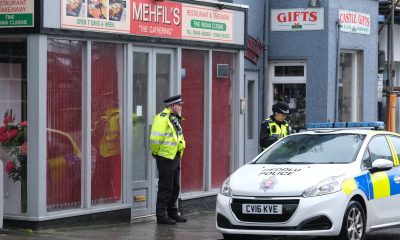
 Crime2 days ago
Crime2 days agoPembroke rape investigation dropped – one suspect now facing deportation
-

 News2 days ago
News2 days agoBaby C trial: Mother breaks down in tears in the witness box
-

 Crime15 hours ago
Crime15 hours agoProsecution delivers powerful closing speech in Christopher Phillips trial
-

 Crime3 days ago
Crime3 days agoLifeboat crew member forced to stand down after being assaulted at Milford pub
-

 Crime4 days ago
Crime4 days agoDefendant denies causing injuries to two-month-old baby
-
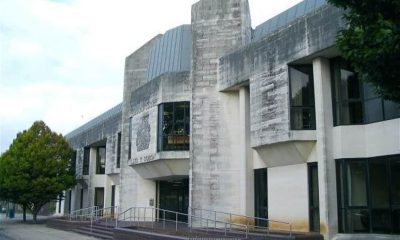
 Crime2 days ago
Crime2 days agoMother admits “terrible idea” to let new partner change her baby’s nappies alone
-

 Crime4 days ago
Crime4 days agoPembrokeshire haven master admits endangering life after speedboat collision








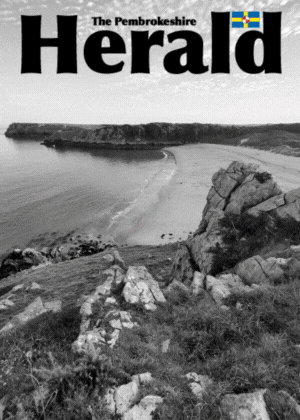
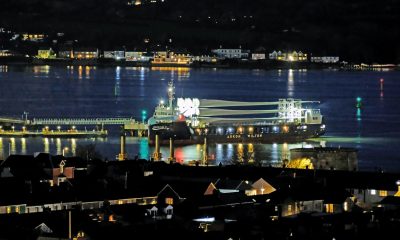



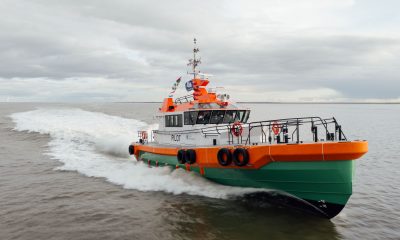

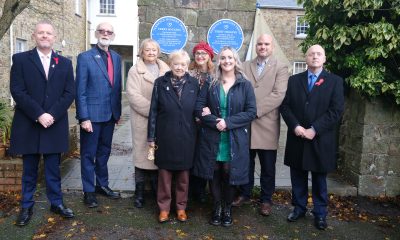

Louis Riel
March 4, 2015 at 4:24 pm
\”I need to seek external advice\” said the Head Of Legal Services when asked if she took her tea with sugar.
Tomos
March 5, 2015 at 9:37 am
So the one “excuse” to pay BPJ a fortune – lowest taxes in Wales – was down to us having to pay to cross the bridge i.e we were paying is now shot to pieces as well.
Now we’re in a position to ask – Why on earth was BPJ ever taken on, why was he not sacked, why was he protected – You have no reasons, no justifications – we need to learn from IPiGs mistakes otherwise we are eestined to make the same mistakes again and again
ieuan
March 8, 2015 at 1:47 pm
As head of Legal services she should know here job, it’s what she’s paid for!
I smell a cover up
John Hudson
March 24, 2015 at 8:03 am
Given that the Leader is on record at the last Council meeting as saying that the Council’s Accounting methodology for the Bridge has not changed:-
why The Auditor required The Council to seek Legal advice to substantiate the accounting entries in respect of the Bridge, an unusual step.
Why the Statutory Trading account for the Cleddau Bridge
was amended from the Draft 2013/14 Accounts figures by the exclusion of an amount in respect of a “notional” annual deficit, changing an annual net loss of £4.3m to a profit of £1.1m.
If, as the Leader would like us to believe, that Council is as usual, infallible, why it is taking so long to issue the report so that the Council’s Corporate Governance Committee can meet in order approve the Council’s 2013/14 Accounts and The Auditor can sign off the Accounts.
Why surplus toll income, over and above that required to meet annual Bridge operational expenses is applied to reduce the Council’s budget requirement and hence Council Tax.
Prior to the Auditor’s refusal to sign off the Accounts in respect of the Bridge, The Council had completed an in depth scrutiny and review of the financial prospects for the Bridge which concluded the exercise had covered all issues to do with the Bridge and all was well.